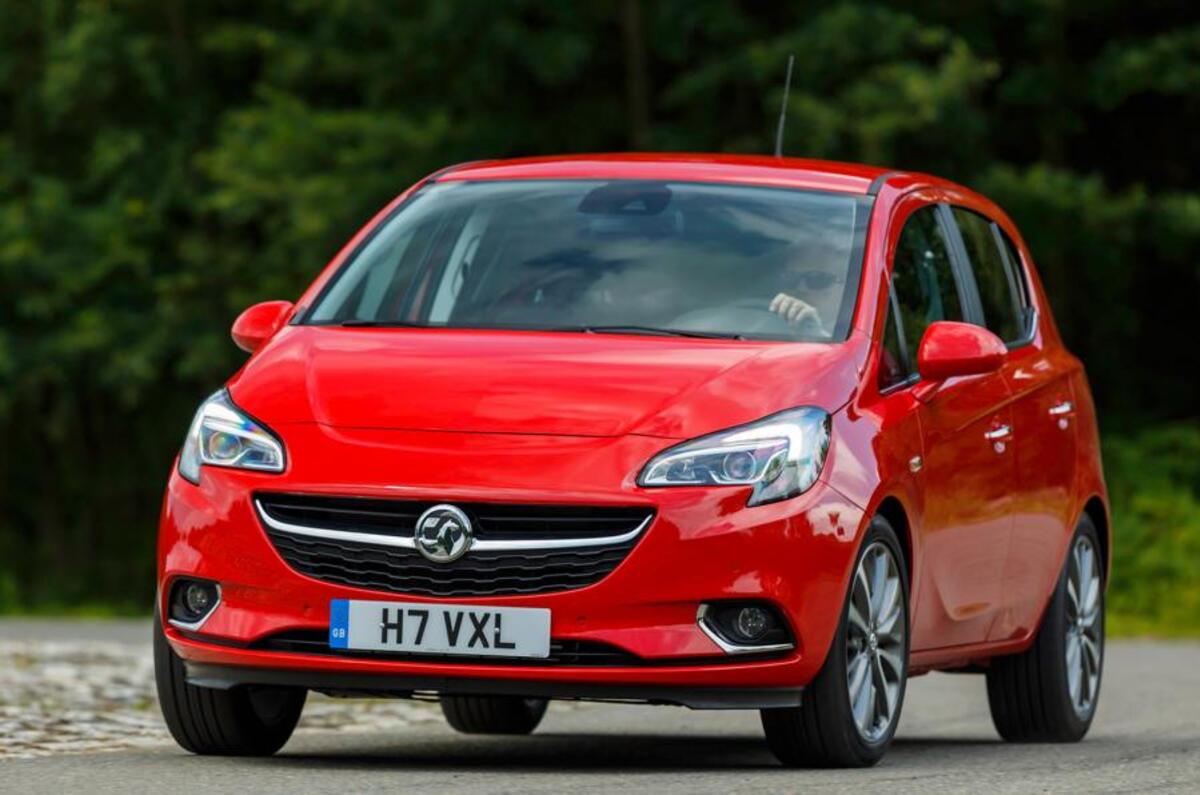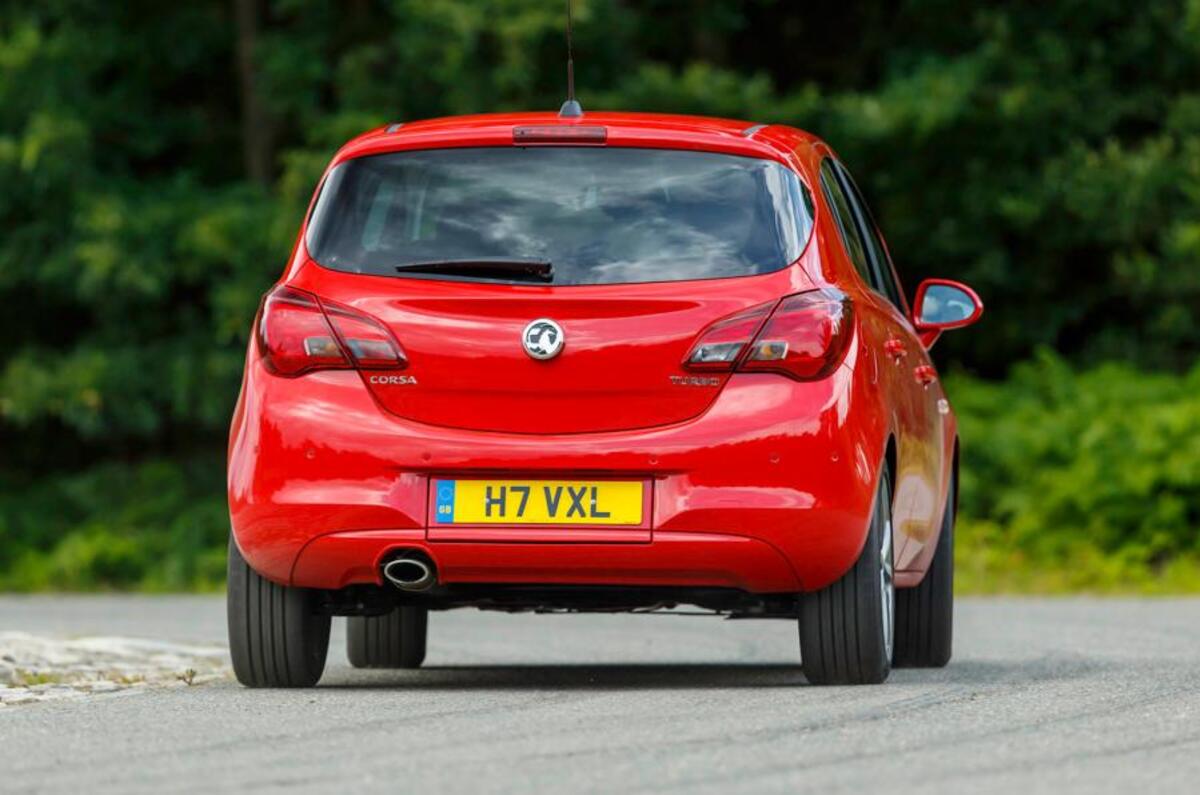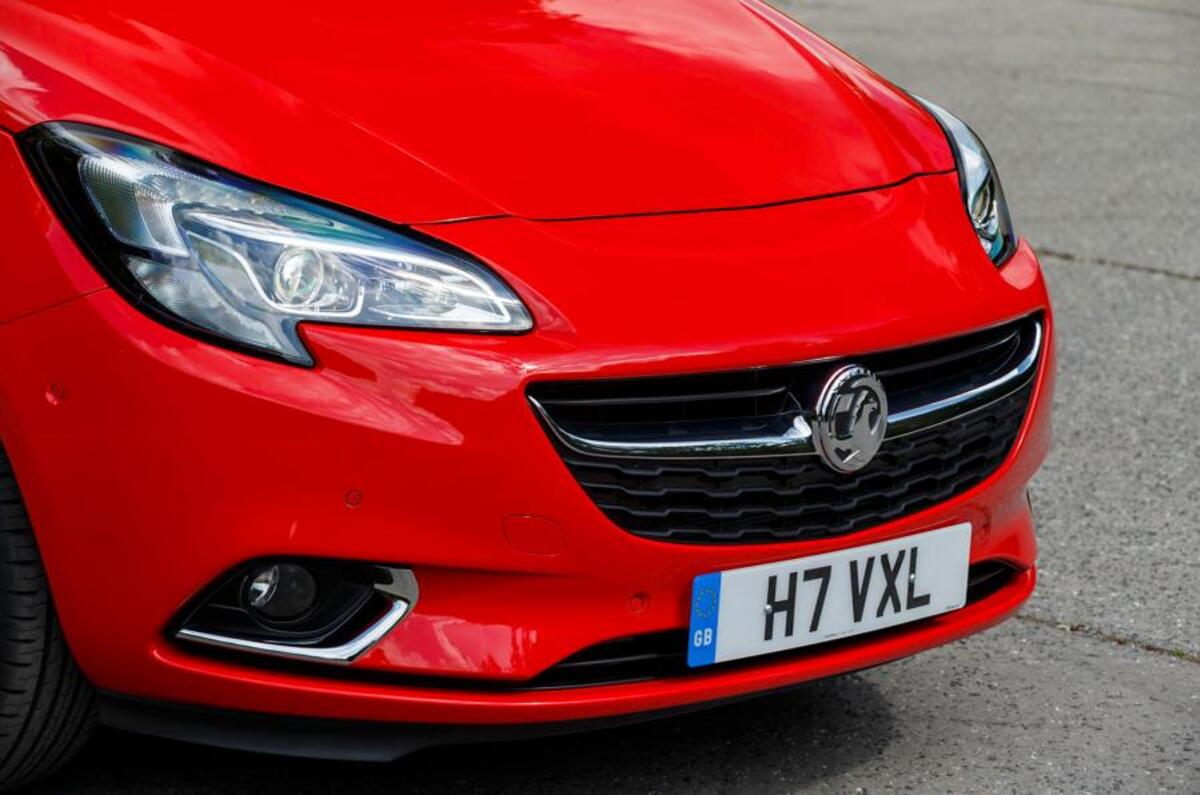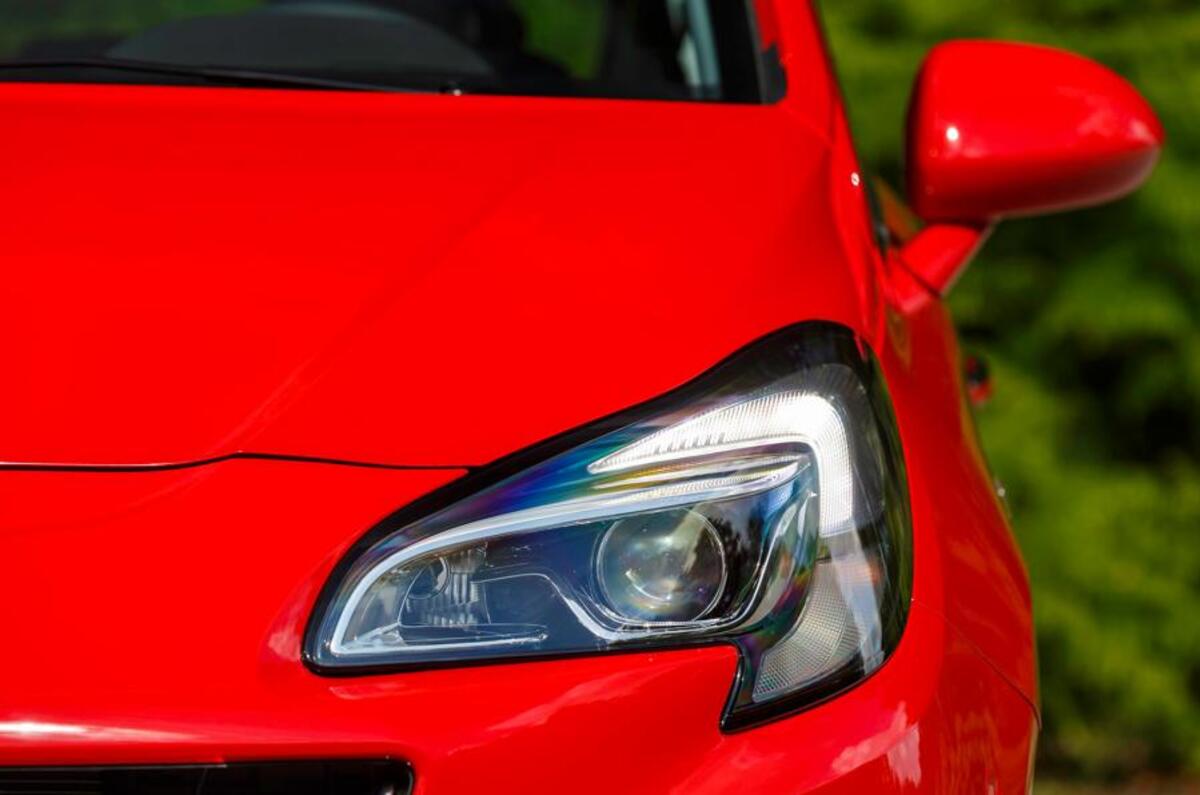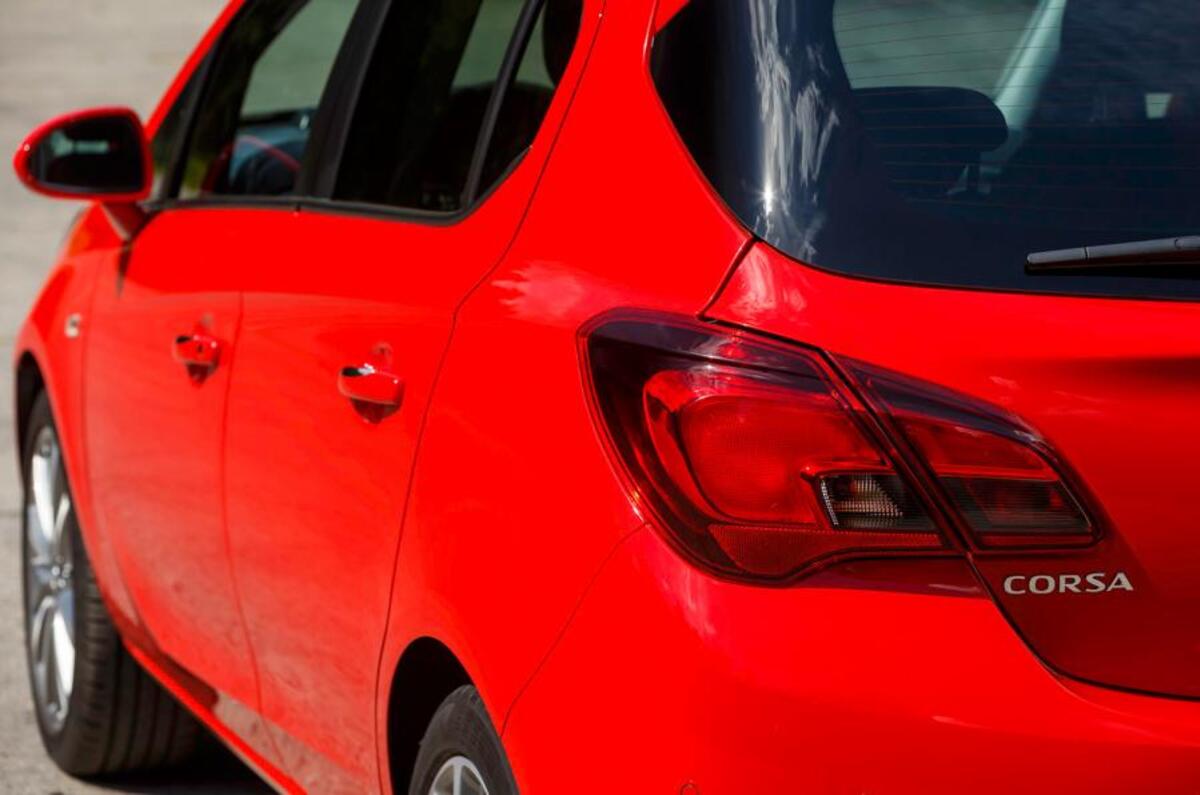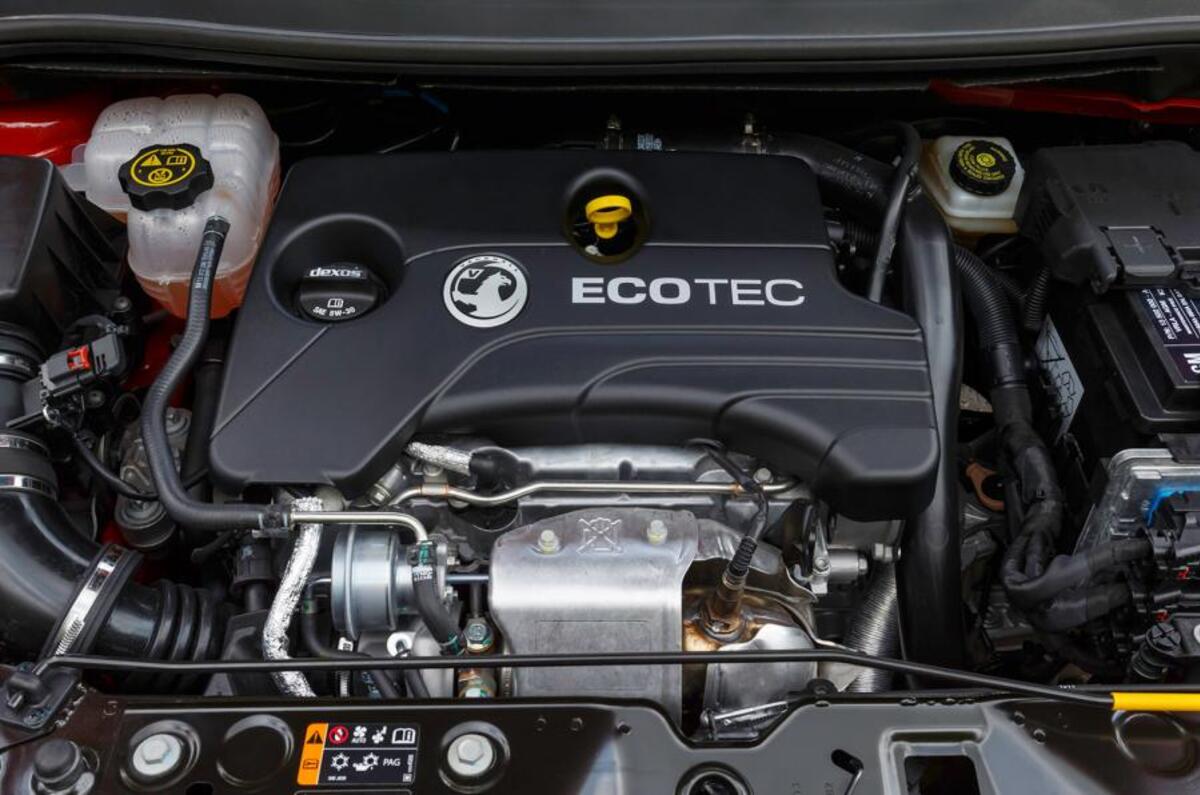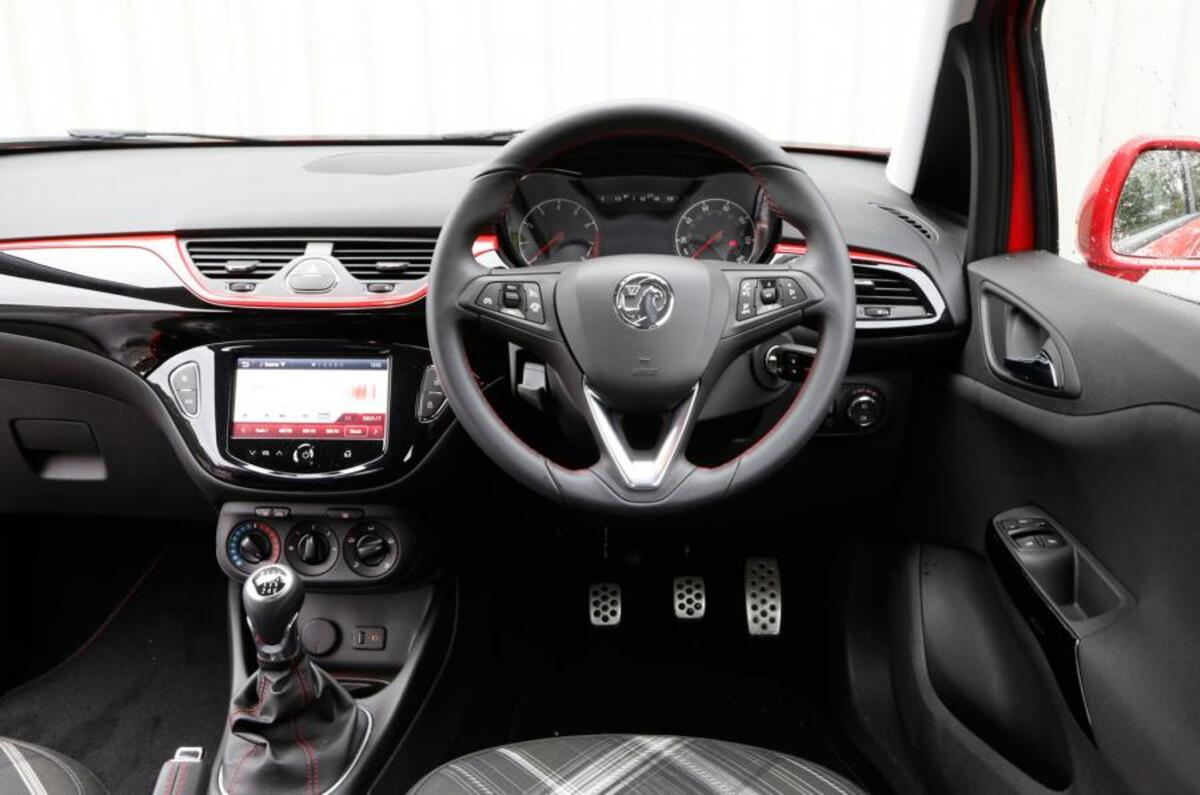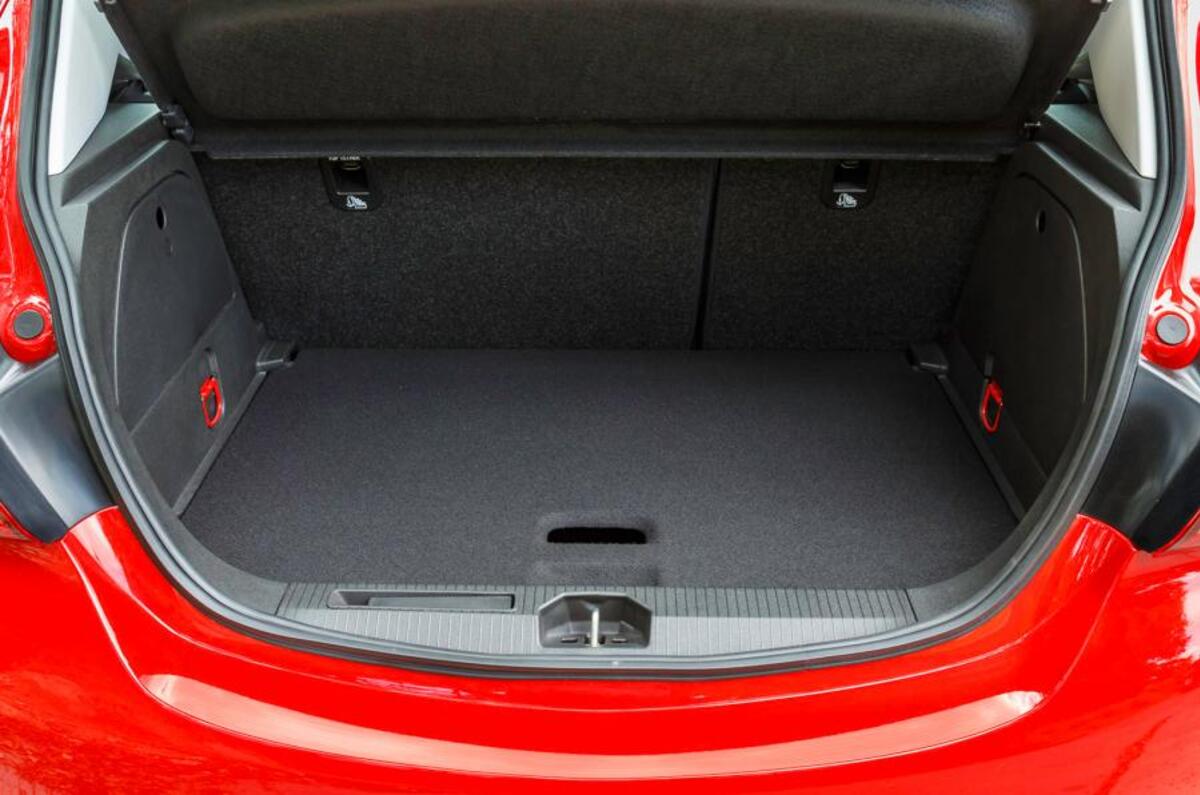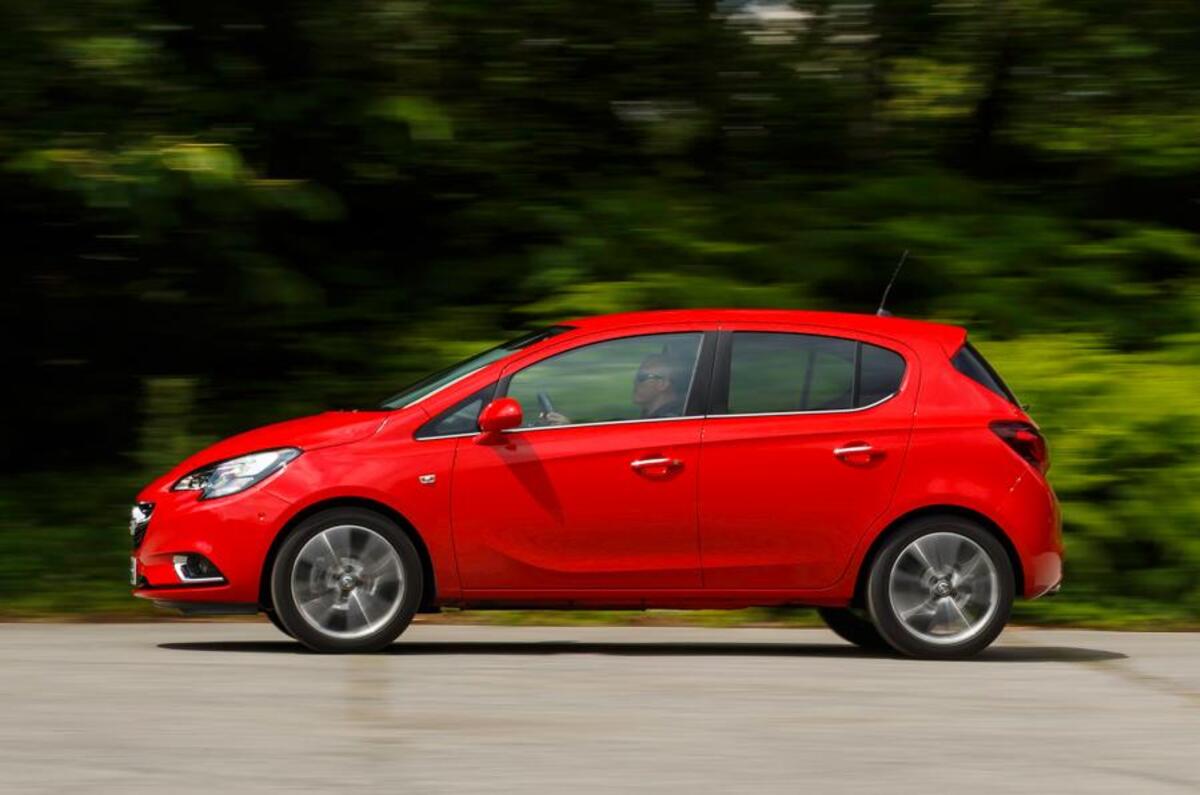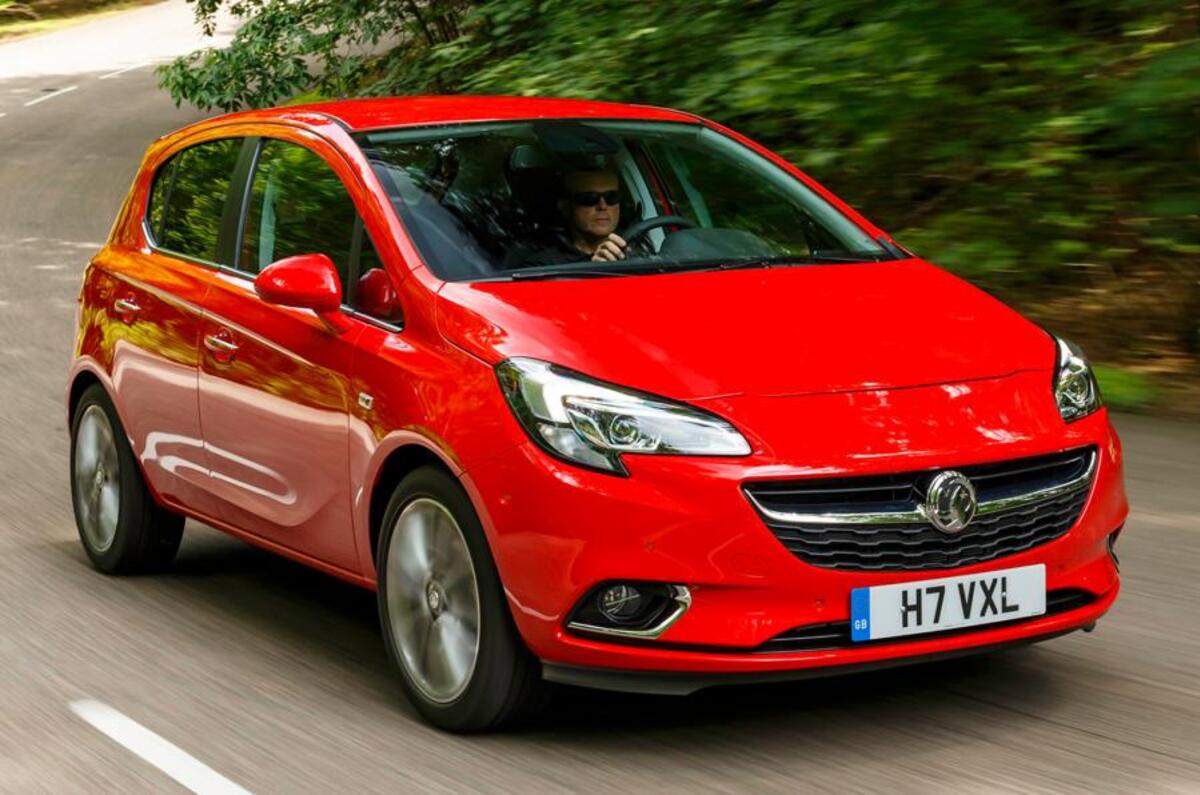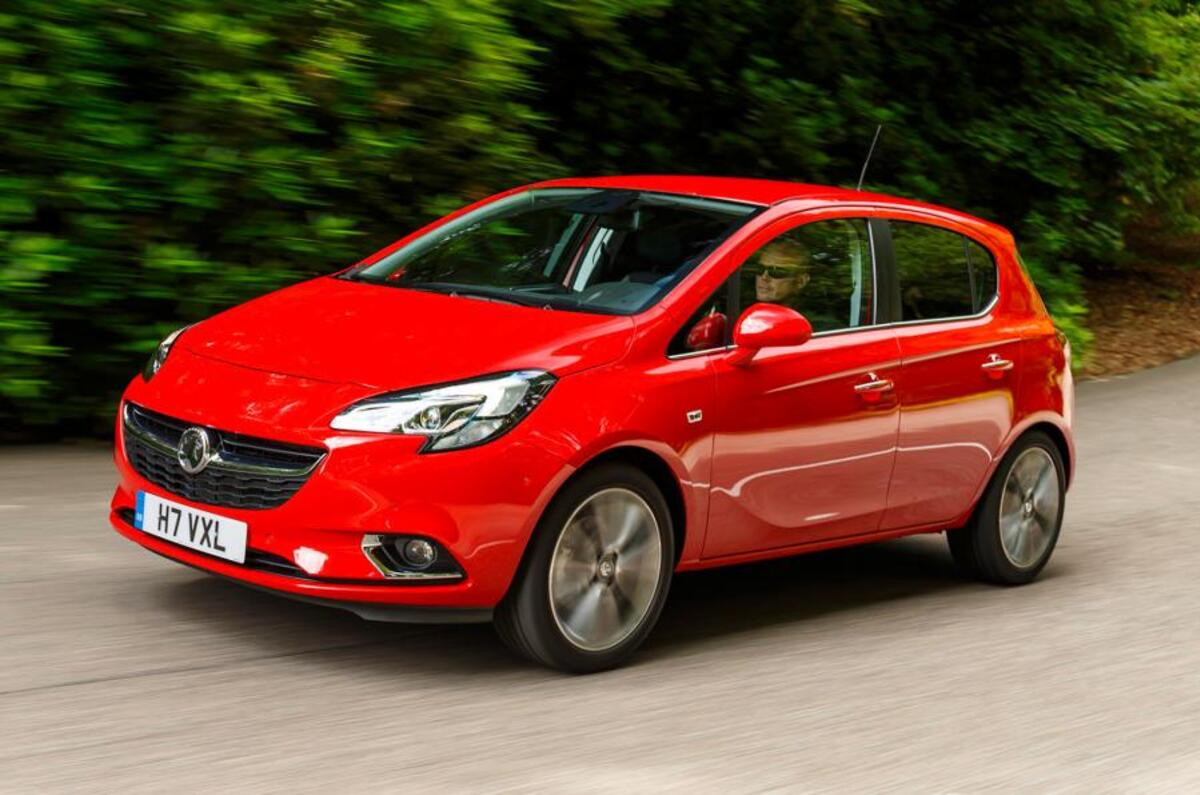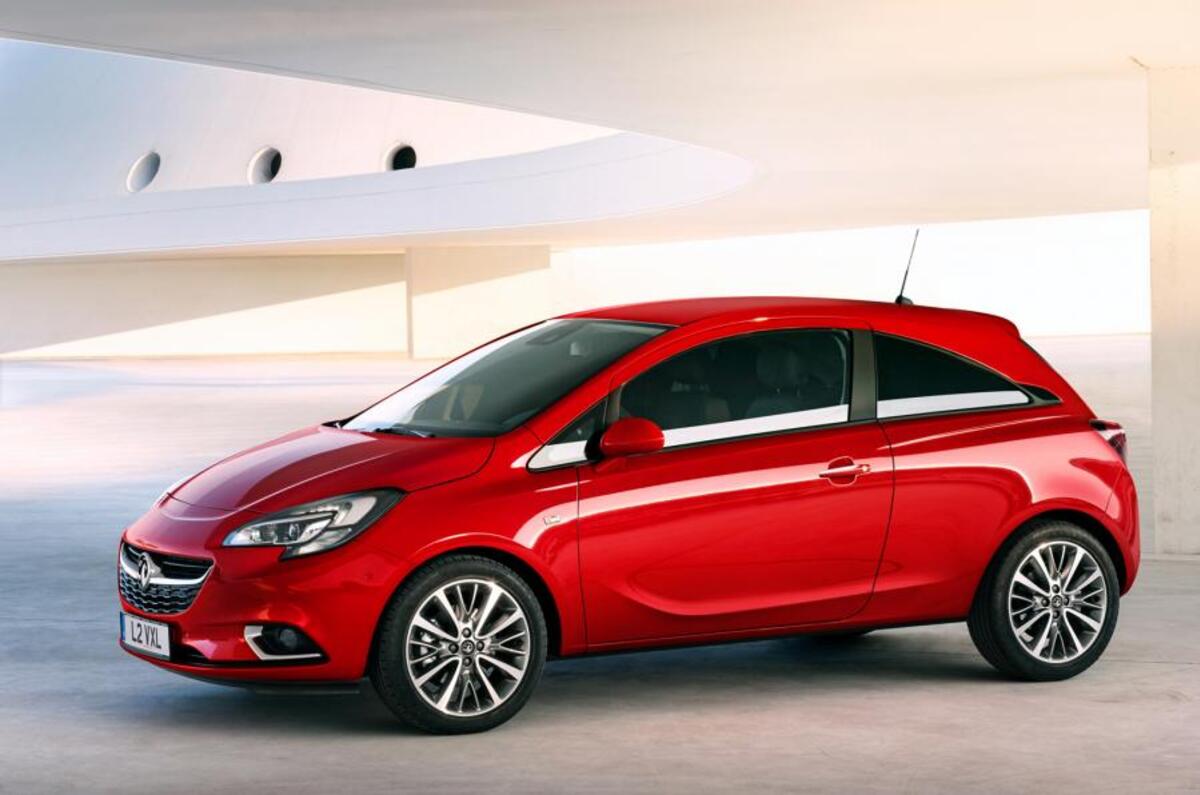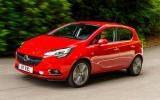With more than 4000 for sale, ranging in price from £2500 to £13,000, with a choice of three or five-door bodies, petrol or diesel engines and manual or automatic gearboxes, and even the hot hatch VXR version, there’s sure to be an example of the Vauxhall Corsa E of 2014-19 to suit you – or at least someone you know.
The fact is, with the exception of the 202bhp VXR, it isn’t the most entertaining of drives but is cheap to run, a breeze to own, roomy and comfortable.
It’s loosely based on the previous model launched as long ago as 2006 but comprehensively redesigned and refreshed and with some new engines, including a 1.0-litre three-cylinder turbo petrol in two power outputs.
What Vauxhall didn’t mess with were the proportions (the rear cabin is particularly roomy and the boot is a decent size) and the driving position, which is fine for all but those with long legs (the seat doesn’t move back far enough). With more permutations than the Pools, it makes sense to focus first on the best engines.
Of the two 1.0-litre triples, the 113bhp unit is our favourite. It’s a good all-rounder that’s nippy in town but not overwhelmed by the open road. It’s paired with what was then an all-new six-speed manual gearbox, billed as slick by Vauxhall but found by us testers to be notchy.
It fires to a near-silent idle, and in general it’s responsive and keen. It revs willingly, and such is the quietness and consistency of output that there are times while cruising when you could be in any of, say, three gears and you wouldn’t notice much difference in either noise or throttle response. It drives as standard through a six-speed gearbox that is occasionally notchy but otherwise positive.



